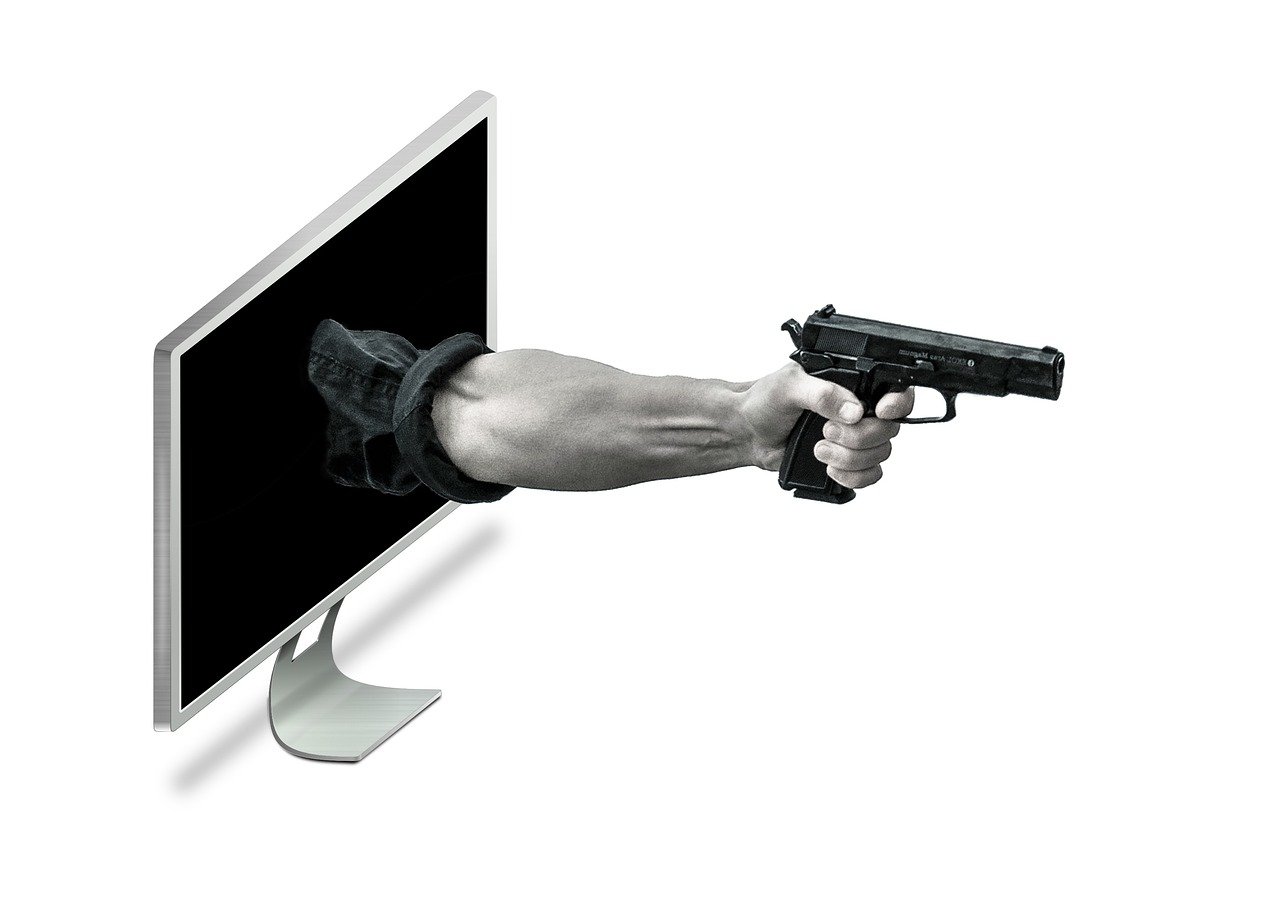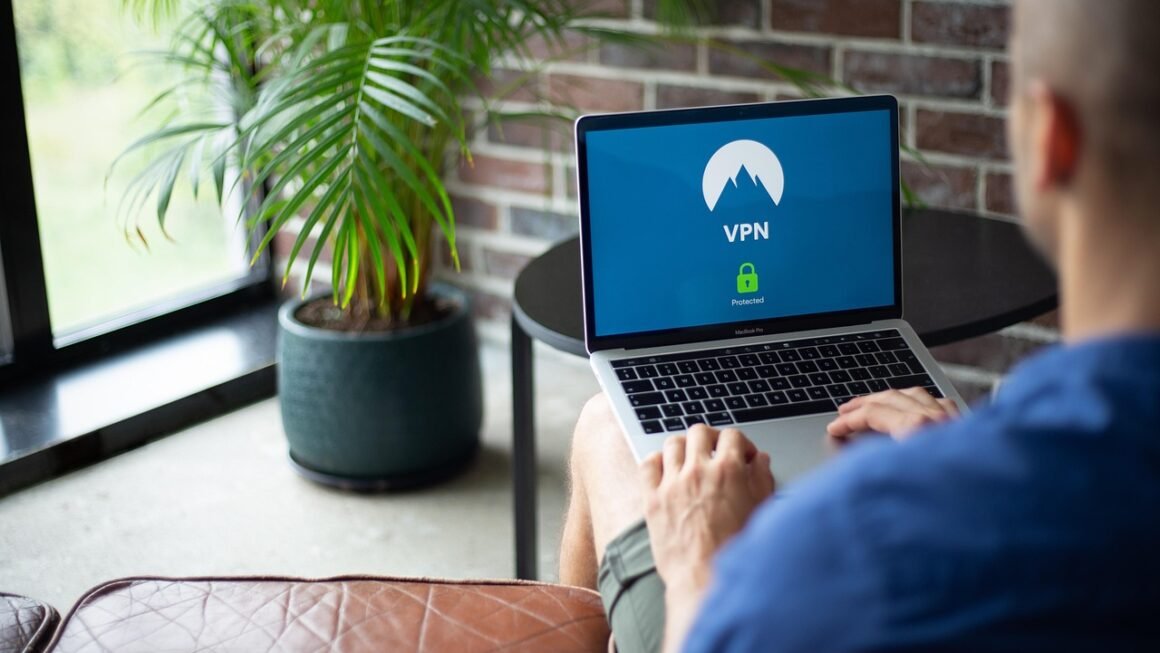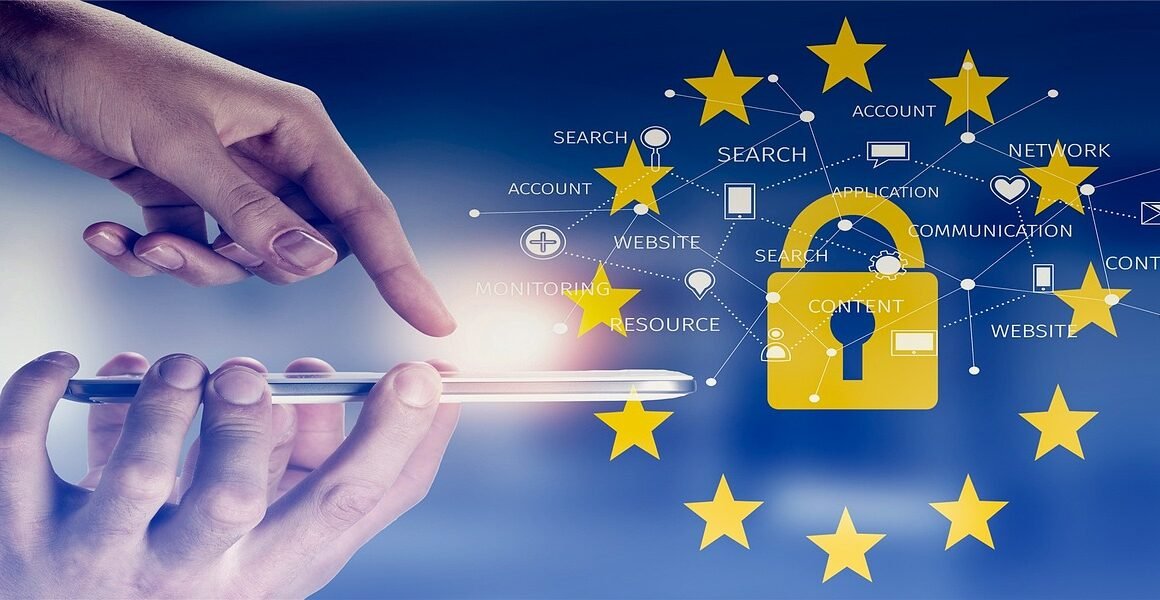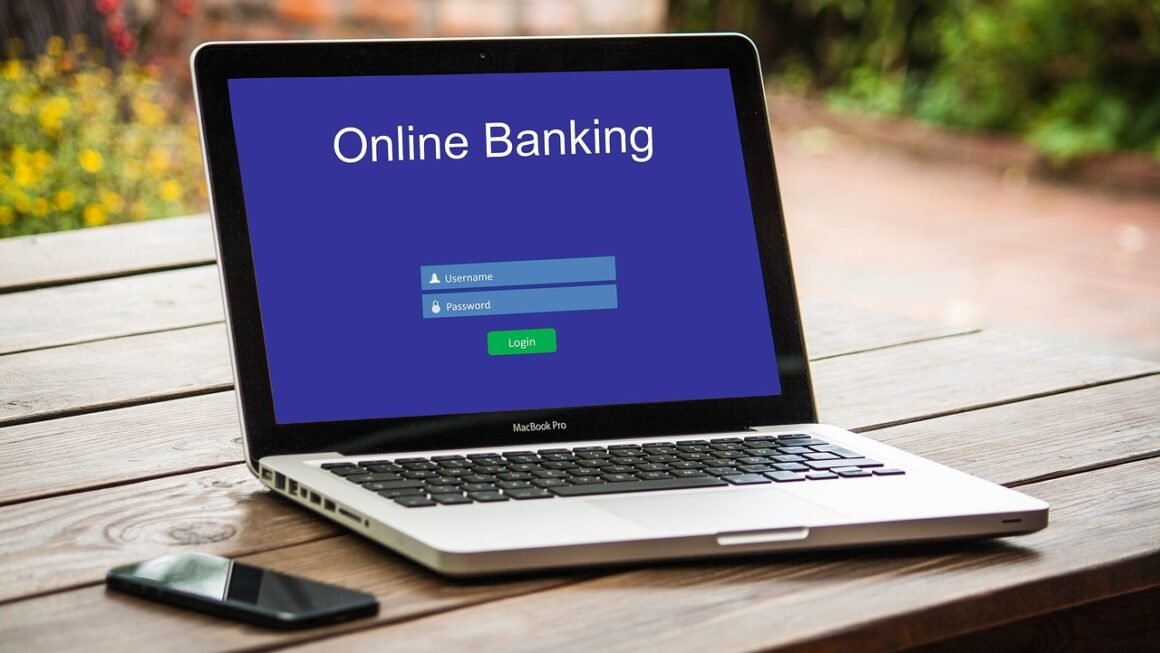Cyberattacks are on the rise, and they’re becoming increasingly sophisticated. Protecting your digital life, whether personal or professional, requires more than just a strong password. It demands a proactive and consistent approach to online security, a practice often referred to as “cyber hygiene.” Just as personal hygiene protects your physical health, cyber hygiene safeguards your digital well-being. This post will explore the core principles of cyber hygiene and provide actionable steps to improve your online security posture.
Understanding Cyber Hygiene
Cyber hygiene encompasses the routine practices and habits individuals and organizations adopt to maintain the health and security of their digital assets. It’s about establishing and consistently following best practices to minimize vulnerabilities and reduce the risk of cyberattacks. Think of it as a digital detox for your devices and online accounts, regularly cleaning up and strengthening your defenses.
Why is Cyber Hygiene Important?
- Reduced Risk of Cyberattacks: Good cyber hygiene significantly lowers your vulnerability to phishing scams, malware infections, and data breaches.
- Protection of Sensitive Information: Safeguarding personal and financial data prevents identity theft, financial loss, and reputational damage.
- Improved Device Performance: Regularly cleaning and updating devices can enhance performance and extend their lifespan.
- Enhanced Productivity: A secure and efficient digital environment fosters productivity and reduces downtime caused by security incidents.
- Regulatory Compliance: Many industries are subject to data protection regulations (e.g., GDPR, HIPAA), and implementing cyber hygiene practices can help ensure compliance.
- Cost Savings: Preventing cyberattacks is far more cost-effective than recovering from them.
Who Needs Cyber Hygiene?
The simple answer is everyone. Whether you’re an individual browsing the internet, a small business owner, or a large corporation, cyber hygiene is essential. In an increasingly interconnected world, everyone is a potential target for cybercriminals.
Essential Cyber Hygiene Practices
Good cyber hygiene involves a range of practices covering various aspects of digital security. Here’s a breakdown of some key areas:
Password Management
Weak passwords are a common entry point for attackers. Effective password management is crucial.
- Strong Passwords: Use strong, unique passwords for each of your online accounts. A strong password should be at least 12 characters long and include a mix of uppercase and lowercase letters, numbers, and symbols.
- Password Manager: Consider using a reputable password manager to generate, store, and manage your passwords securely. Examples include LastPass, 1Password, and Bitwarden.
- Two-Factor Authentication (2FA): Enable 2FA whenever possible. This adds an extra layer of security by requiring a second verification method, such as a code sent to your phone, in addition to your password.
- Password Updates: Regularly update your passwords, especially for critical accounts.
Software Updates and Patch Management
Outdated software contains vulnerabilities that attackers can exploit. Keeping your software up to date is essential for patching these security flaws.
- Operating System Updates: Enable automatic updates for your operating system (Windows, macOS, Linux).
- Application Updates: Regularly update all your applications, including web browsers, antivirus software, and productivity tools.
- Patch Management Systems (For Organizations): Businesses should implement a patch management system to automate the process of identifying and deploying security patches across their network.
- Timely Updates: Apply security patches as soon as they become available. Cybercriminals often target known vulnerabilities shortly after they are disclosed.
Device Security
Securing your devices is crucial for protecting your data and preventing unauthorized access.
- Antivirus Software: Install and maintain up-to-date antivirus software on all your devices.
- Firewall: Enable a firewall to block unauthorized network traffic. Most operating systems have built-in firewalls.
- Lock Your Devices: Use strong passwords or biometric authentication (fingerprint, facial recognition) to lock your devices when not in use.
- Encrypt Your Devices: Encrypt your hard drive to protect your data in case your device is lost or stolen. Windows BitLocker and macOS FileVault are built-in encryption tools.
- Mobile Device Management (MDM): For organizations, MDM solutions provide centralized control and security management for mobile devices used by employees.
- Disable Unnecessary Services: Turn off Bluetooth or Wi-Fi when not in use. These can be potential attack vectors.
Email and Phishing Awareness
Phishing emails are a common tactic used by cybercriminals to steal credentials and spread malware.
- Recognize Phishing: Learn to identify phishing emails. Look for suspicious sender addresses, grammatical errors, urgent requests, and requests for personal information.
* Example: Be wary of emails claiming to be from your bank asking you to “verify your account details” by clicking on a link. Always go directly to the bank’s website instead.
- Hover Before Clicking: Before clicking on any links in an email, hover over the link to see the actual URL. If it looks suspicious, don’t click on it.
- Report Suspicious Emails: Report phishing emails to your email provider and your organization’s IT security team.
- Employee Training: Organizations should provide regular cybersecurity awareness training to employees to educate them about phishing and other cyber threats.
Data Backup and Recovery
Regularly backing up your data is crucial for disaster recovery and business continuity.
- Regular Backups: Back up your data regularly, both locally (e.g., to an external hard drive) and to the cloud.
- Offsite Backups: Store backups offsite to protect them from physical disasters.
- Test Your Backups: Periodically test your backups to ensure they are working properly.
- Recovery Plan: Develop a data recovery plan to outline the steps you will take to restore your data in case of a data loss event.
Network Security
Securing your network is essential for protecting your devices and data from unauthorized access.
- Strong Wi-Fi Password: Use a strong password for your Wi-Fi network.
- WPA3 Encryption: Use WPA3 encryption for your Wi-Fi network.
- Guest Network: Create a separate guest network for visitors to prevent them from accessing your primary network.
- Router Security: Regularly update your router’s firmware and change the default administrator password.
- VPN (Virtual Private Network): Use a VPN when connecting to public Wi-Fi networks to encrypt your internet traffic and protect your privacy.
Maintaining Good Cyber Hygiene
Cyber hygiene is not a one-time task but an ongoing process.
Regular Assessments
- Security Audits: Periodically conduct security audits to identify vulnerabilities in your systems and processes.
- Penetration Testing: Conduct penetration testing to simulate cyberattacks and assess your security defenses.
Continuous Monitoring
- Security Information and Event Management (SIEM): Implement a SIEM system to collect and analyze security logs from various sources and detect suspicious activity.
- Intrusion Detection and Prevention Systems (IDS/IPS): Use IDS/IPS systems to monitor network traffic for malicious activity and automatically block or prevent attacks.
Stay Informed
- Stay Updated: Keep up to date with the latest cybersecurity threats and trends.
- Industry News: Follow cybersecurity news and blogs to learn about new vulnerabilities and attack techniques.
- Training and Education: Continuously educate yourself and your employees about cybersecurity best practices.
Conclusion
Cyber hygiene is a fundamental aspect of digital security in today’s interconnected world. By implementing the practices outlined in this post, individuals and organizations can significantly reduce their risk of cyberattacks and protect their valuable data. Remember, cyber hygiene is an ongoing process that requires vigilance and commitment. Taking proactive steps to secure your digital environment is an investment in your long-term security and peace of mind. Embrace cyber hygiene as a daily habit and stay one step ahead of the ever-evolving threat landscape.



